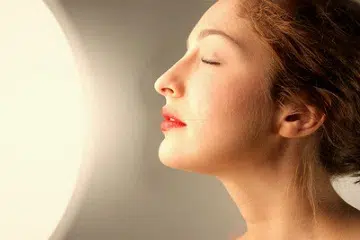
Phototherapy refers to light therapy, which is a therapeutic procedure performed using light. Light has a significant impact on our health and well-being. Some diseases and conditions can be treated with the beneficial properties of natural and artificial light.
In recent times, phototherapy has gained more and more supporters. The effectiveness of the method is 60 – 80%. Specialized devices emitting ultraviolet, infrared, and visible radiation are used in phototherapy.
NATURAL LIGHT AND PSYCHE
Exposure to natural light is crucial as it affects our well-being. Its insufficient amount can lead to mood changes, lack of focus, indifference towards everyday matters, sadness, anxiety, negative thoughts, excessive sleepiness, loss of appetite, irritability, and loss of energy. These symptoms are characteristic of seasonal affective disorder, also known as seasonal depression, which typically occurs in the beginning of autumn.
Phototherapy can be a useful therapeutic element not only in the case of seasonal mood disorders but also in the treatment of other disorders (e.g. postpartum depression) or mental illnesses, especially depression. An exception is bipolar disorder. Light therapy can also treat sleep disorders. White and green light are used during the treatment.
The side effects of phototherapy are relatively rare, but occasionally during treatment, nausea, excessive irritability, visual acuity disorders, insomnia, dizziness, and headaches may occur.
In addition, phototherapy may be effective in reducing joint pain, headaches, migraines, inflammation, and so on. It helps to reduce the doses of pain medication that you take.
